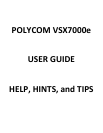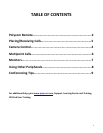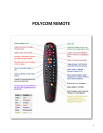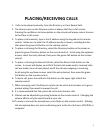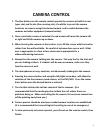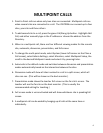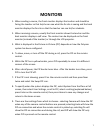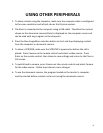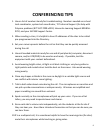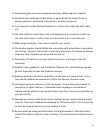10
11. Avoid muting the near site microphone and only addressing your students.
12. Sometimes the audio has a slight delay, so pause briefly for others to ask or
answer questions, participate in discussions, or make comments.
13. Try to keep the screen filled with people or content rather than the wall, table,
etc.
14. Have the students make name cards and display them prominently so that you
can learn their names. Call on them as if they were in the room with you.
15. Make a sign to display in the room to identify your school.
16. The sending teacher should initiate the connection calls unless there is a problem
connecting. This gives the teacher control over when the call is placed and knows
when the other students are connected into the call.
17. Remember if it works in your face to face classroom, it will work in the IVC
classroom.
18. Establish rules, guidelines, and standards of behavior for videoconferencing and
go over them with all sites and students involved.
19. Students at all sites should sit where they can be seen in a camera shot. At no
time should students be allowed to sit off to the side out of camera view.
20. Use natural gestures without a lot of movement. It takes the camera about 15
seconds to re-adjust the focus. Remember body language is intensified on
camera and can easily be misread by students who don’t know your reputation or
your personality.
21. Maintain eye contact with the far site by looking into the camera above the back
monitor. Since your students are displayed on the back monitor, this is easy to do
so that the students feel as if you are looking at them.
22. Be animated and change activities often to keep the student’s attention and to
involve the students actively in their learning. Do not give notes or talk the entire
time.



